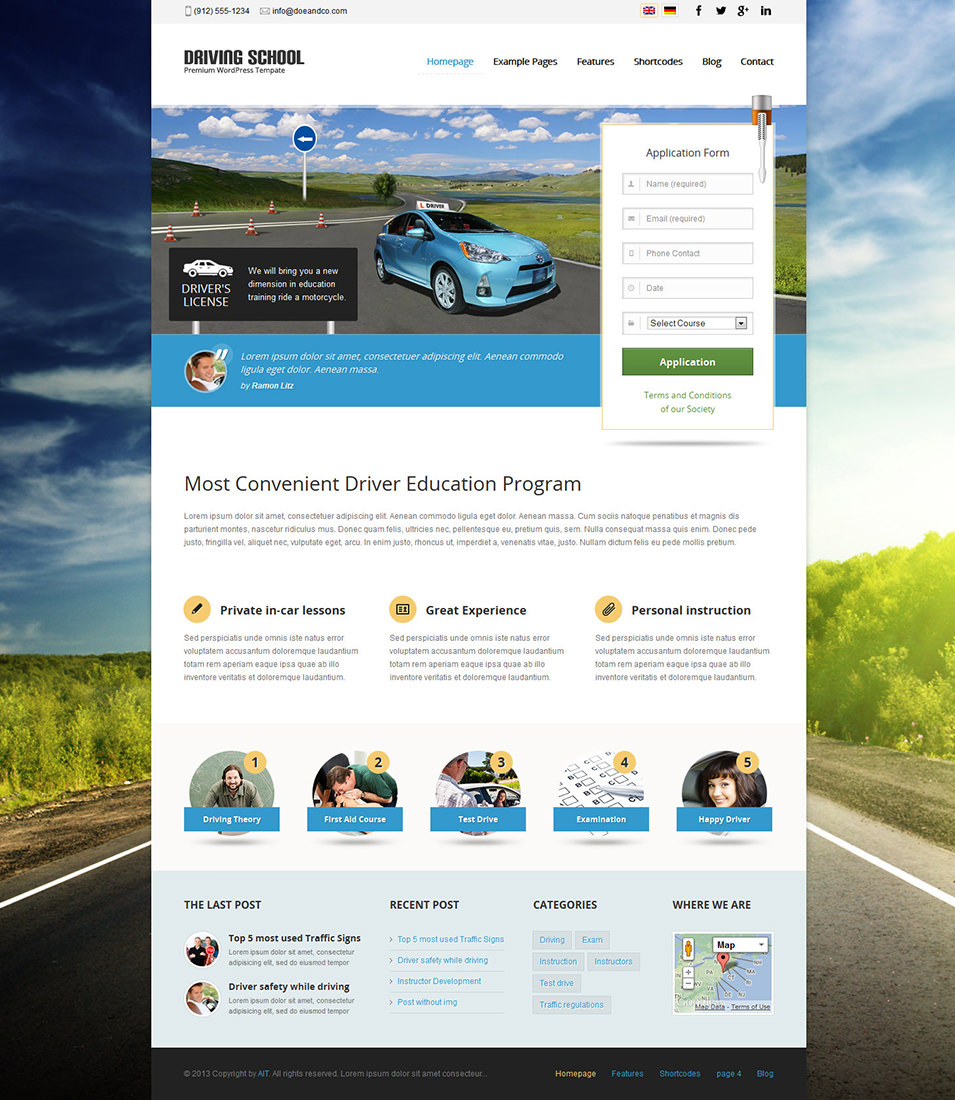

Online Storeįor orders and purchases placed through our online store on this site, we collect order details, name, institution name and address (if applicable), email address, phone number, shipping and billing addresses, credit/debit card information, shipping options and any instructions. We use this information to address the inquiry and respond to the question. To conduct business and deliver products and services, Pearson collects and uses personal information in several ways in connection with this site, including: Questions and Inquiriesįor inquiries and questions, we collect the inquiry or question, together with name, contact details (email address, phone number and mailing address) and any other additional information voluntarily submitted to us through a Contact Us form or an email. Please note that other Pearson websites and online products and services have their own separate privacy policies. This privacy notice provides an overview of our commitment to privacy and describes how we collect, protect, use and share personal information collected through this site. Pearson Education, Inc., 221 River Street, Hoboken, New Jersey 07030, (Pearson) presents this site to provide information about Peachpit products and services that can be purchased through this site. The New Document dialog appears ( Figure 3.3), set to the General tab. Choose File > New, or press Ctrl-N (Cmd-N).To create a new page from the New Document dialog:
#Dreamweaver sample page plus
Like the Start Page, you can create several different types of new documents, plus it allows you to choose the doctype of the new document. The New Document dialog gives you a bit more flexibility than the Start Page when creating new documents. Then clear the checkbox next to "Show start page." Choose Edit > Preferences (Dreamweaver > Preferences), and click the General category. If you don't want to use the Start Page at all, you can turn it off in Dreamweaver's Preferences.See "Using Sample Pages," later in this chapter.

#Dreamweaver sample page code
Clicking any of the other choices creates documents designed for different Web programming languages that you would normally work with in Code view. Clicking CSS creates a new CSS style sheet.

You can create a new page using the Start Page, or you can use the New Document dialog. After you create the index page, you will want to create other pages for the site.Īs you'll see is often the case with Dreamweaver, there is more than one way to do the task at hand. Depending on how you are naming pages on your site, the index page could have a variety of names, but it is most often named index.html. The first HTML page that you create in a new site should be the index page, which is the page that a Web browser loads automatically when a visitor goes to the site. In this chapter, we'll also briefly discuss how you add text, links, and images to your pages, although we go into those subjects in much greater detail in Chapters 4, 7, and 8, respectively. You can also choose from a variety of page designs created entirely with CSS. If you need a little inspiration, Dreamweaver offers a variety of sample pages that you can use as a jumping-off point for your own creative efforts. Luckily, Dreamweaver makes it easy to view your work in different browsers. To check your work, you should view the page in one or more Web browsers before you upload it to your Web server. To do that, you'll need to create a page, give it a title, add some content to the page, and save it.
#Dreamweaver sample page windows
Macromedia Dreamweaver 8 for Windows and Macintosh: Visual QuickStart GuideĪfter you've set up your local site, you can begin filling the site with pages.


 0 kommentar(er)
0 kommentar(er)
